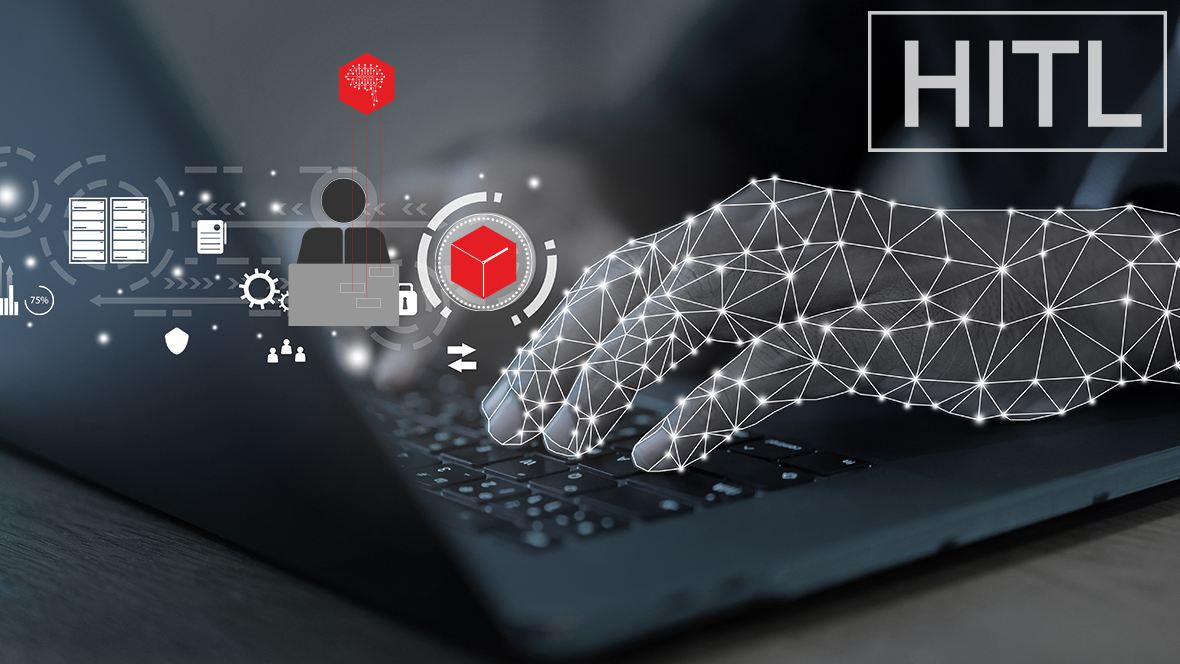What is Human-in-the-loop Automation?
Human-in-the-loop automation, also known as human-in-the-loop AI, refers to a process in which both automated systems and human intervention are involved to perform a task or make decisions. It recognizes that certain tasks are best handled by humans while acknowledging the advantages that AI can bring. HTIL aims to strike a balance between efficiency, accuracy, and human expertise.

HTIL is a concept that combines the strengths of artificial intelligence (AI) and human intelligence to achieve more accurate and reliable outcomes, particularly in scenarios where fully automated systems might struggle due to complexity, ambiguity, or the need for human judgment.
In a human-in-the-loop automation setup, the process typically involves the following steps:
- Automation: An AI or automated system performs initial tasks based on predefined rules, algorithms, or machine learning models. This can involve data processing, pattern recognition, or decision-making.
- Human Intervention: At certain points in the process, when the automated system encounters situations it cannot confidently handle or when human judgment is required, the system prompts a human operator or expert to step in.
- Human Decision: The human operator reviews the situation, makes decisions, provides additional context, or corrects any errors made by the automated system. This step ensures that complex, context-dependent, or novel situations are handled effectively.
- Feedback Loop: The human intervention provides valuable feedback to the AI system, which can be used to improve the system’s performance over time. This iterative feedback loop helps the AI system learn and adapt to a wider range of scenarios.
Examples of Human-in-the-Loop Automation:
- Content Moderation: Social media platforms often use AI to detect and flag potentially inappropriate content, but human moderators are involved to review and make final decisions, especially in cases that AI might find ambiguous.
- Autonomous Vehicles: While self-driving cars use AI algorithms to navigate, humans can take control in complex or uncertain situations, such as adverse weather conditions or construction zones.
- Medical Diagnostics: AI-powered medical diagnostic tools can provide preliminary assessments of medical images, but doctors review and confirm the results to ensure accuracy.
- Customer Support Chatbots: Automated chatbots handle routine customer inquiries, but if a query becomes too complex or requires empathy, a human agent takes over.
Benefits of Human-in-the-Loop Automation:
- Enhanced Accuracy: Combining human judgment with AI can lead to more accurate outcomes, especially in situations where AI algorithms might struggle.
- Flexibility: Humans can adapt to novel or unexpected scenarios, making the process more adaptable to change.
- Quality Assurance: Human intervention helps catch errors made by automated systems, improving the overall quality of outcomes.
- Continuous Learning: The feedback loop from human intervention helps improve AI models and systems over time.

